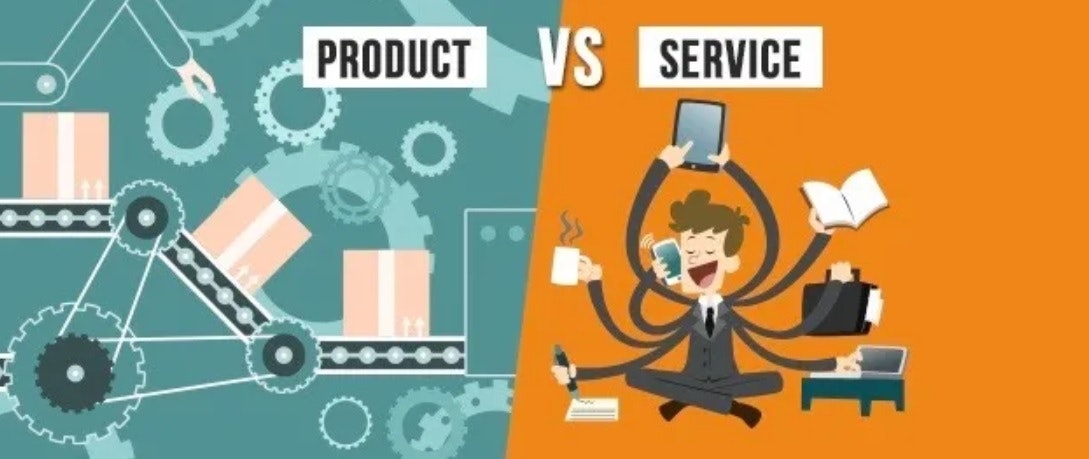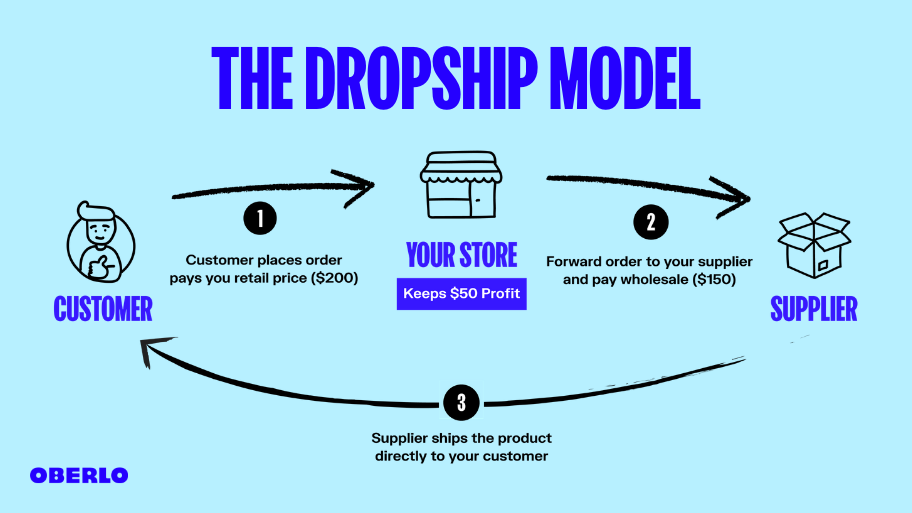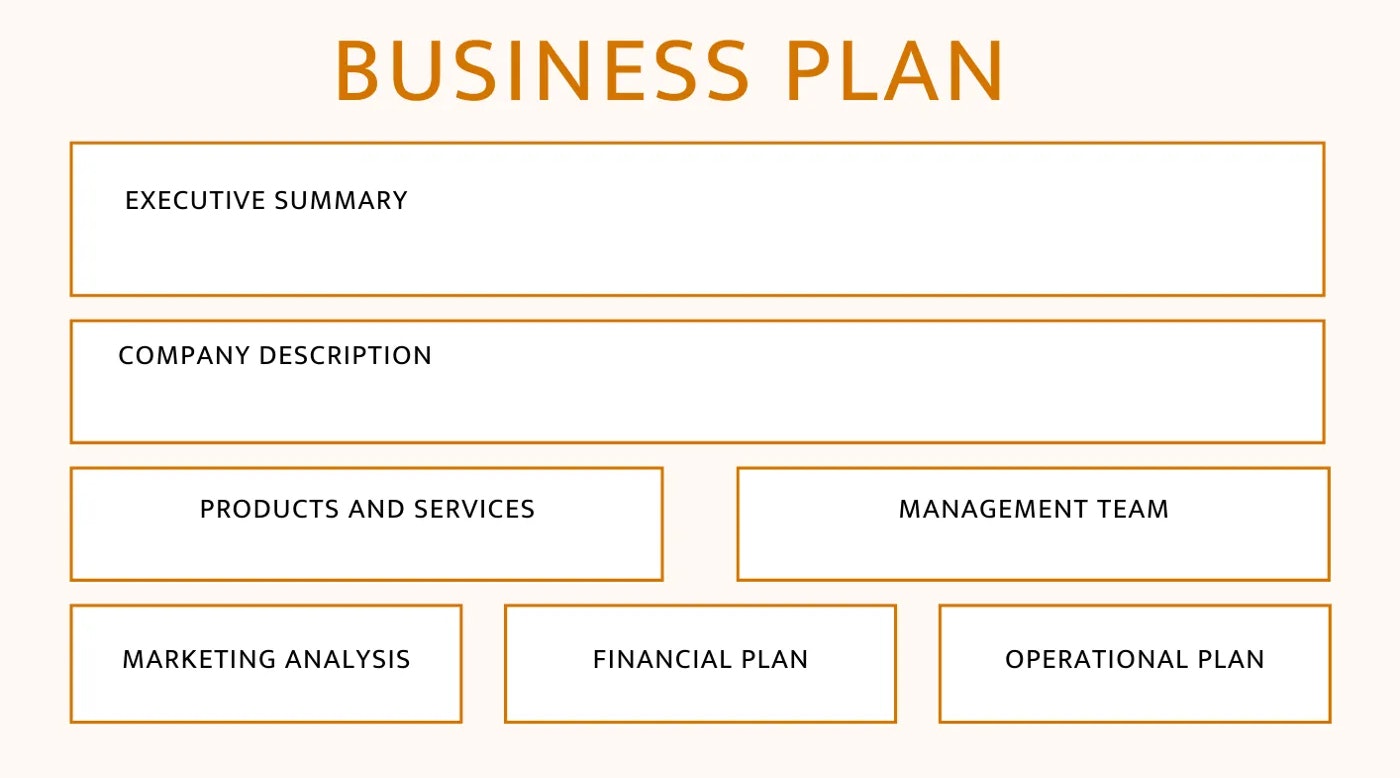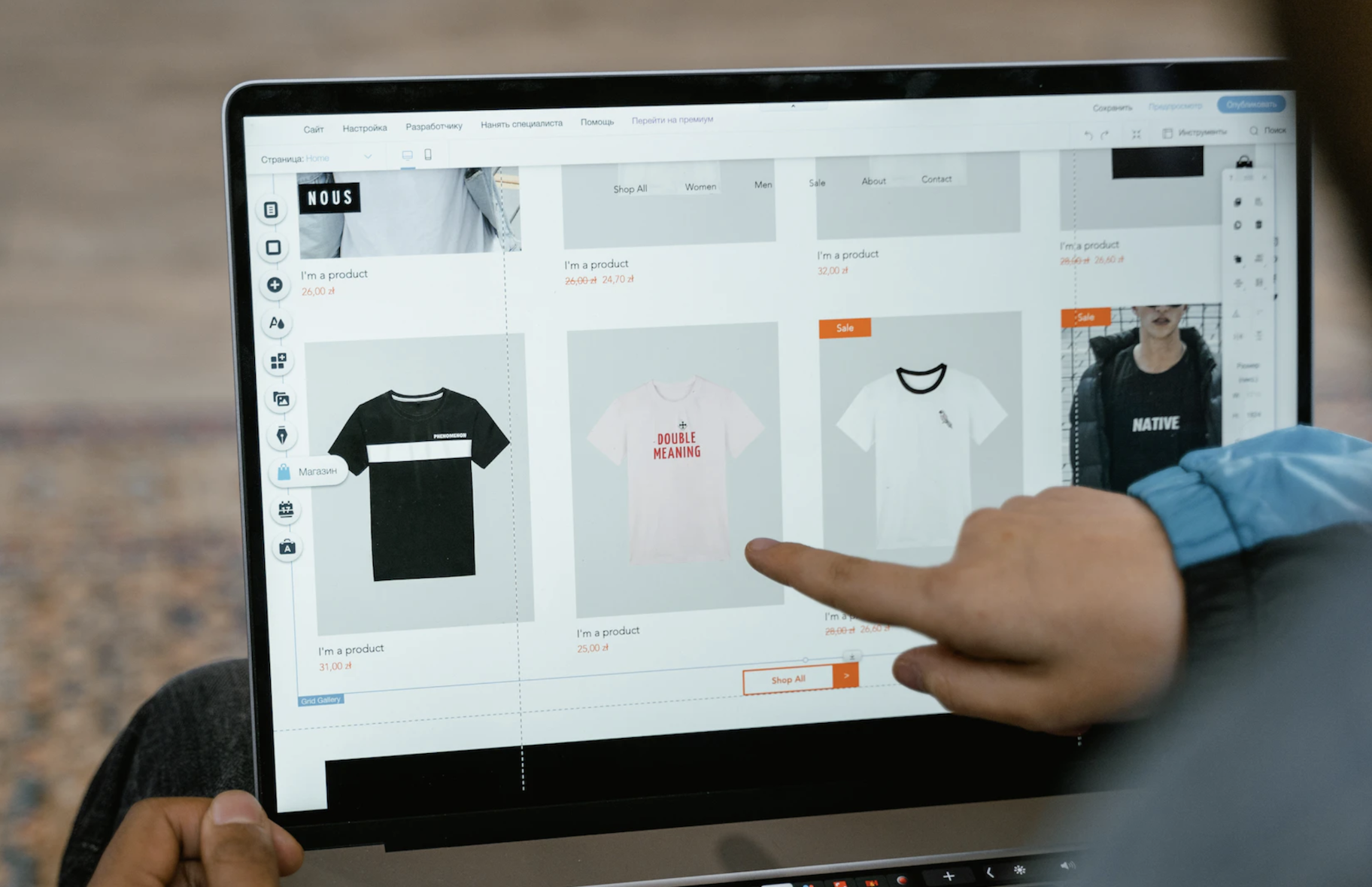Maybe you’ve heard the saying “It takes money to make money.” But what happens when you don’t have much of it to begin with?
While the above statement is generally true, it’s not as black and white as you might think. You absolutely can start a business with no money—as long as you have some patience, resourcefulness, and savvy. The capital you need at the beginning will also depend on the type of business you’re trying to start.
In this article, we’ll explore some of the best low or no-capital business ideas, how to create and launch your own business, and how to generate the funding you need to grow.



1. Find low-cost business opportunities
Of course, some business ventures will require a lot more money upfront than others. We’ve put together a list of ideas that require little or no capital. Hopefully one of them will get your gears turning.
Create a service business
Do you have certain skills, talents, or specialized knowledge that you can capitalize on? What about things you wouldn’t mind doing for a living? Try selling your services. Here are a few ideas:
- Freelance writer, if you have good grammar and a knack for putting words into text.
- Social media marketer, if you can build and execute a marketing campaign.
- Virtual assistant, if you’re organized, detail-oriented, and moderately tech savvy.
- Handyman services, if you’re good at fixing things.
- Less specialized services, like house cleaning, dog walking, or car washing

Sell handmade goods or digital assets
On the flip side of a service-based venture where you’re selling your skills, consider a business where you sell the physical fruits of your talents. Maybe you’re a seamstress, a furniture flipper, a woodworker, or a candle dipper.
You can also sell digital assets, like ebooks, online courses, and templates or workbooks.
There are plenty of places to sell these items, like Etsy, Amazon Handmade, or Facebook Marketplace (just to name a few). You can also create your own online store on an ecommerce platform like Shopify, though keep in mind that you’ll need to pay a small monthly fee for your store.
Launch a podcast
Consider starting your own podcast. It’s a fantastic way to share stories, insights, or expertise on topics you’re passionate about. From true crime to health, tech, or personal development, there’s a niche for nearly every interest. Initially, all you need is a decent microphone and free recording software to get going.
Once your podcast gains traction, you can explore monetization through sponsorships, listener donations, or even selling merchandise related to your podcast theme.
Start a dropshipping store
Want to start an online business but don’t want to deal with manufacturing, storing, and shipping your own products? Dropshipping is the answer.
In this business model, you source your products from manufacturers. When one of your customers places an order, you submit the order to your manufacturer, who handles all the shipping and sends the package directly to your customer. You never need to handle your own inventory.

Check out all the dropshipping apps available through Shopify here in the Shopify marketplace.
Start a print-on-demand store
Print on demand is technically a form of dropshipping, but it deserves its own section. With print on demand, you offer pre-made designs that can be printed on various items, like t-shirts, coffee mugs, phone cases, tote bags—you name it.
When your customer places an order through your website, you’ll send the order to your print-on-demand manufacturer, who will print the items on the spot and ship them directly to your customers. No handling inventory.
The Shopify marketplace has plenty of options for connecting with print-on-demand services. When it comes to designs, you can purchase pre-made designs, make your own if you have design skills, or hire graphic designers from sites like Fiverr or Upwork.
2. Write a business plan
While not all businesses have a business plan, this can be an important step for having a clear, linear outline you can follow and hold yourself accountable to. It’s also necessary if you’ll be looking for funding now or down the line—investors will want to know your business model, goals, and how you plan to achieve those goals.
Here are some things to include when writing a business plan for your new business venture:
- Company overview. A brief description of the business you’re planning to start, including the legal structure and business type.
- Business model. Decide whether you’ll incorporate an LLC, sole proprietorship, S corp, or C corp.
- Products and services offered. Detail what you’re selling and why people would want to buy it. Whether it’s a tangible product or a service, explain its value proposition.
- Market research. Identify your target market’s demographics. Consider if you’ll sell directly to consumers or through wholesalers, and compare this approach to your competitors’.
- Marketing strategy. Outline your plan for reaching your target audience. Will you leverage social media, engage in online advertising, or use email marketing?
- Logistics and operations plan. Describe the process for getting your product or service to your customers. Are you looking at dropshipping, partnering with third-party logistics, or handling fulfillment in-house?
- Financial plan. Present a comprehensive view of your financial strategy. This should include your funding needs, projected costs and revenue, cash flow projections, and a balance sheet.

Check out this business plan template for a step-by-step guide.
3. Create a brand
Now that you have a business plan, it’s time to start building your brand.
Here are the essentials you’ll need:
- Business name. Something catchy, descriptive, and ideally unique.
- Brand story. Who are you, what do you stand for, and what makes you stand out? Weave all aspects of your brand story into your branding and marketing materials.
- Logo. Make it eye-catching and interesting, but don’t overdo it. Simple and clean is always a good way to go. Try Shopify’s logo maker.
- Brand style. Create a “brand book” that outlines your brand’s color palette, fonts, imagery style (photography, illustrations, visual styles, etc.), and tone of voice.
- Marketing assets. Now that you have your basics, make sure you keep everything consistent across all of your assets, from your website to social media platforms to online ads to print materials like posters and business cards.
As a business owner, establishing your brand guidelines is essential. These rules steer your social media strategy, influence your hiring decisions, and define your communication style. You don’t need a large budget to create a powerful brand presence. With free resources like Canva for design and Shopify’s logo maker, you can build your brand at no cost.

4. Build a website
Starting a business from scratch has been a wallet-friendly process so far. But let’s be real: building a website is a smart move. Your website will serve as the virtual hub for your new venture—a space to showcase your offerings and educate potential customers about what you have to offer.
If cash flow is an issue, you’ll be glad to know that Shopify’s Starter plans cost a mere $5 per month after the initial free trial. For such a small cost, you’ll get the tools you need to create a professional website and make your first sale.
5. Validate ideas with preorders
Starting a business from nothing is a journey of trial and error. You might have some winning ideas, while others might fall short of your expectations. But, there’s a simple way to reduce the risk of failure and still get cash flow: preorders.
For example, let’s say you have an idea for a new line of sneakers. You want to execute it, but you’re not sure if the product will sell enough to cover your investment in inventory. So, you offer preorders for your shoes. You create hype and buzz by posting photos and videos on social media and explaining the eco-friendly materials you use. Customers can order the shoes before they’re available in stores.
The result? You get cash upfront to invest in production, a sense of exclusivity is created, and you can test the waters before jumping in headfirst. Customers love preorders because they get to try something new before the rest of the crowd and feel like they’re part of a select group.

6. Seek funding to grow
According to research, nearly a third of small businesses fail because they run out of cash. To avoid this, entrepreneurs can seek out startup capital to invest in inventory, marketing, or their first employee. Options include:
- Crowdfunding. This involves collecting small amounts of money from a large group of people. Platforms like Crowdfunder, SeedInvest, and Kickstarter offer investment opportunities to regular people in exchange for perks such as pre-orders or equity.
- Personal loans. You may also seek financial support from friends and family through personal loans. These supporters may be willing to offer you a loan in return for a small equity stake or an interest-based return.
- Small business loans. For larger funding needs, consider using alternative lenders, such as Shopify Capital. These lenders offer cash to fund inventory sourcing, payroll, and marketing, enabling you to scale your business fast. You can quickly estimate your possible loan repayments with a business loan calculator.
- Capital investors. Angel investors and venture capitalists offer cash to small businesses in exchange for a share of the company. It’s a way to get significant funding and expertise without taking on traditional debt,
- Small business grants. These are cash gifts for businesses that meet specific criteria. They boost your finances without the need to repay, making them an ideal source of funding.
7. Do a soft launch
A soft launch is your chance to test your business on a small scale. Start by introducing your product or service to a limited audience, maybe in your local area or to a select group online. This step allows you to see firsthand how customers react, what they like, and what needs improvement.
Use customer feedback to fine-tune your offerings. Maybe there’s a feature they love that you can emphasize more, or perhaps there’s a small gap in your service that you hadn’t noticed. Correcting these early on means you can address problems before they become bigger issues.
8. Explore bartering opportunities
Bartering—exchanging your services for those you need—can be a lifeline for startups looking to conserve cash. Imagine you’re skilled in social media marketing but your website could use some work. That’s where a swap can make a difference.
Identify your offer and needs first. Then, attend networking events or scour online communities specific to your industry for potential trade partners. Clarity on what you bring to the table and what you’re looking for is key to finding a good fit. Upon finding a match, discuss the work scope, deadlines, and mutual expectations in detail.
This strategy minimizes out-of-pocket expenses as you build your business. Treat each trade with the professionalism of a paid gig. An agreement outlining tasks and timelines can be highly effective for ingraining accountability in all parties.

9. Optimize operations with automation
As your business starts to grow, look for opportunities to automate repetitive tasks. This will help you scale your operations without immediately increasing your costs with new hires. Consider:
- Email marketing automation. Use a service like MailerLite to automatically handle your welcome and follow-up emails for free. This way, you keep in touch with your customers without manually sending each email.
- Social media scheduling. Tools like Hootsuite or Buffer let you plan your social media posts early. You get to save time and keep your online presence consistent, without being online all day.
- Business process automation. With Zapier, you can make your apps and services talk to each other and do tasks on their own. It’s like having an assistant who works for free, keeping the routine stuff in check so you can focus on the big picture.
10. Learn from the business community
Many small business owners started with just a handful of dollars. They’ve learned plenty on their journey. Here’s how you can get their insights for free:
- Visit networking events
- Sign up for both virtual and physical conferences
- Join online groups where business is the main topic
- Find a mentor who’s been through it all
How much does it cost to start a business?
The expenses involved in launching a business can vary significantly, based on the type of venture you’re starting. While opening a physical storefront might require a substantial outlay for rent, inventory, and staffing, other business models are far less capital-intensive. For instance, you only need a reliable internet connection and a website to start a service-based business.
Pros of starting a business with no money
- Total control. Without loans or investors, you call all the shots and don’t owe anyone explanations or updates. It’s all on you.
- Minimal risk. If your business takes off, great. If not, you’re mainly out the time you put in, not a pile of cash.
- High scalability. Your financial start doesn’t determine where you finish. From humble beginnings, the top is still within reach.
Cons of starting a business with no money
- Slow growth. Without initial funds, your business might take longer to gain momentum. A little capital can often speed up the process.
- Missed opportunities. A tight budget means making tough choices. Your marketing might be minimal, and stocking up could be a challenge.
- Solo operation. Dream of a team? Without funds, it’s probably just you to begin with. Hiring help waits until there’s money coming in.
Don’t let lack of cash hold you back from entrepreneurship
While money is, obviously, a helpful asset for starting a successful business, you can certainly make it work with good old-fashioned bootstrapping. Whether you choose to sell services or crowdfund for your business, you can get the ball running without thousands of dollars to invest upfront.
The key is to get into scrappy entrepreneurship mode—work hard, be persistent, and leverage as many resources as you can think of. The more creative you can get, the better your chances of succeeding.
How to start a business with no money FAQ
What business can I start without capital?
Dropshipping is a business idea you can pursue without capital. Find suppliers willing to ship directly to customers and use a platform like Shopify to list them for sale. You’ll only pay for an item when someone orders the product.
What is the easiest business to start with no money?
Although there are a range of businesses that can be started without money, dropshipping is one of the easiest. With dropshipping, you avoid excessive warehousing fees and pay only for inventory when a customer orders it. Plus, there are user-friendly tools you can use to create your products—no need for complicated design software.
What is the best business structure for bootstrapping?
The best business structure for your venture depends on several factors, including the nature of your business, the industry you’re in, and your specific goals. For instance, if you’re launching a small freelance writing business with no immediate plans for expansion and want to keep things simple, starting as a sole proprietorship could be ideal (since this structure has minimal legal requirements).






